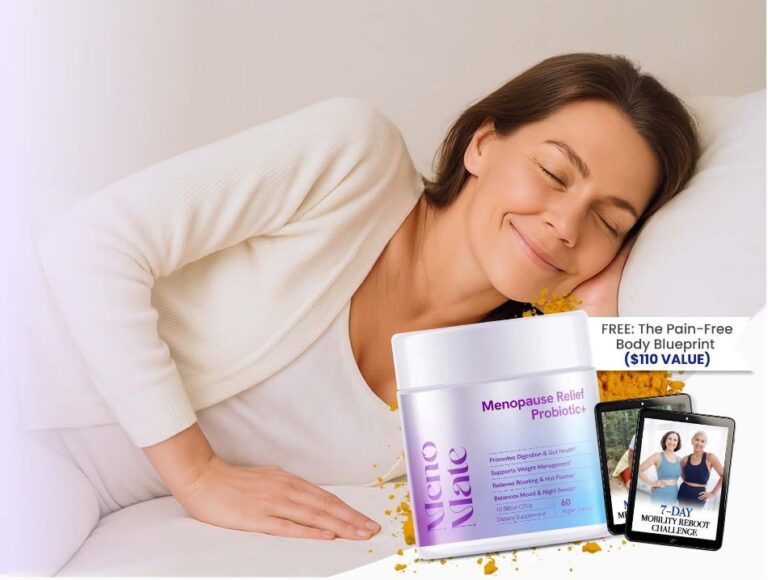The Inuit, inhabitants of the frigid Arctic, are not only known for their extraordinary survival skills but also for their unique and diverse culture. Over thousands of years, they have built a way of life closely tied to nature, from architecture, cuisine, clothing to beliefs and spiritual stories. These characteristics not only demonstrate their resilience but also reflect their deep relationship with the harsh living environment.
Origin and history of the Inuit
The Inuit belong to the Eskimo-Aleut ethnic group, with a history spanning more than 4,000 years.
According to archaeologists, they are descendants of the Thule people, an Arctic culture that flourished around 1,000 AD. The ancestors of the Inuit migrated from Siberia across the Bering Strait to Alaska, then spread to eastern Canada and Greenland.
This migration was not only a journey of exploration but also a journey of adaptation. Archaeological finds such as ivory hunting tools, animal bones, and Thule-era dwelling structures show that the Inuit developed many advanced techniques to cope with the harsh climate.
Danish explorer Knud Rasmussen, who made several expeditions to Greenland and Canada in the early 20th century, documented the lives of the Inuit in detail, from how they hunted to their traditional ceremonies.

The Inuit are descendants of the Thule people, an Arctic culture of about 1000 AD. (Illustration photo).
Rasmussen called the Inuit “children of the Arctic,” emphasizing the strong connection between them and the land they inhabited.
Culture and Art: Uniquely Arctic
The Inuit developed a culture based on creativity and practicality.
- Traditional architecture: When talking about the Inuit, it is impossible not to mention the “igloo”, houses made of ice and snow meticulously built from compacted snow blocks. This is a temporary shelter in the winter, keeping heat well thanks to its dome-shaped structure. In the summer, they use “tupiq”, easily removable skin tents, made from seal or reindeer skin.
- Art and music: The Inuit are famous for their sculptures from ivory, animal bones, and soapstone. The figurines, often depicting Arctic animals or mythical entities, are not only of aesthetic value but also have spiritual significance.
Inuit music is also very special, especially the “katajjaq” technique – throat singing. This is a unique art form, often performed by two people during festivals, with sounds imitating nature or retelling folk tales.
Harmony with Nature in Daily Life
- Hunting and Gathering: Inuit life is closely linked to hunting, fishing, and gathering. Seals, whales, and fish are the main source of food, and also provide raw materials for clothing and tools. The technique of hunting seals with a harpoon (trident) or paddling “qajaq” (kayak) across ice fjords is a testament to their understanding and ingenuity in exploiting resources.
- Culinary culture: Inuit food focuses on animal products, because the climate does not allow for the cultivation of green vegetables. Traditional dishes such as “muktuk” (whale skin and blubber) or “kiviak” (fermented seabird) are not only nutritious but also demonstrate creativity in food preservation. Eating raw or frozen foods helps Inuit maintain vitamins and minerals in conditions of scarcity.
- Highly creative and practical clothing: Inuit clothing is designed to withstand the harsh cold. They use seal, reindeer, and arctic fox skins to make parkas, pants, and boots. The fur inside keeps them warm, while the waterproof leather outside protects them from ice and snow. The decorative patterns on the clothing not only beautify but also show the identity and status of the wearer.

Inuit clothing was designed to withstand extreme cold. (Illustration photo).
Beliefs and spiritual stories
- Animistic belief system: The Inuit believe that all objects in nature have “inua” spirits, and maintaining balance with nature is a prerequisite for survival. They hold many rituals to honor these spirits, especially during hunting season.
- Sedna, the sea goddess: According to legend, Sedna was once a girl who was betrayed by her father and fell to the bottom of the sea. She became the goddess of sea creatures, and the Inuit had to perform rituals to pray to her for a good hunting season.
- Nanook: The spirit of the polar bear, considered a symbol of strength and protection.
Angakkuq: A shaman who acted as an intermediary between the human world and the spirits. They performed rituals to heal diseases, bring rain, and explain the meaning of natural phenomena.
Legends and Natural Phenomena
The Inuit have rich stories to explain the phenomenon of Aurora Borealis. They believe that the lights in the sky are the souls of the deceased dancing or playing, reminding people of the presence of the spiritual world.
Inuit culture is a living testament to the harmony between humans and nature. From architecture, art, beliefs to the way they survive through each meal and each piece of clothing, the Inuit have shown creativity and perseverance to overcome all challenges of the Arctic land. In the present era, when climate change threatens their living environment, preserving and honoring Inuit culture is not only their responsibility but also the responsibility of all humanity. The values they have preserved for centuries are valuable lessons in adaptation, respect and sustainable living with nature.










